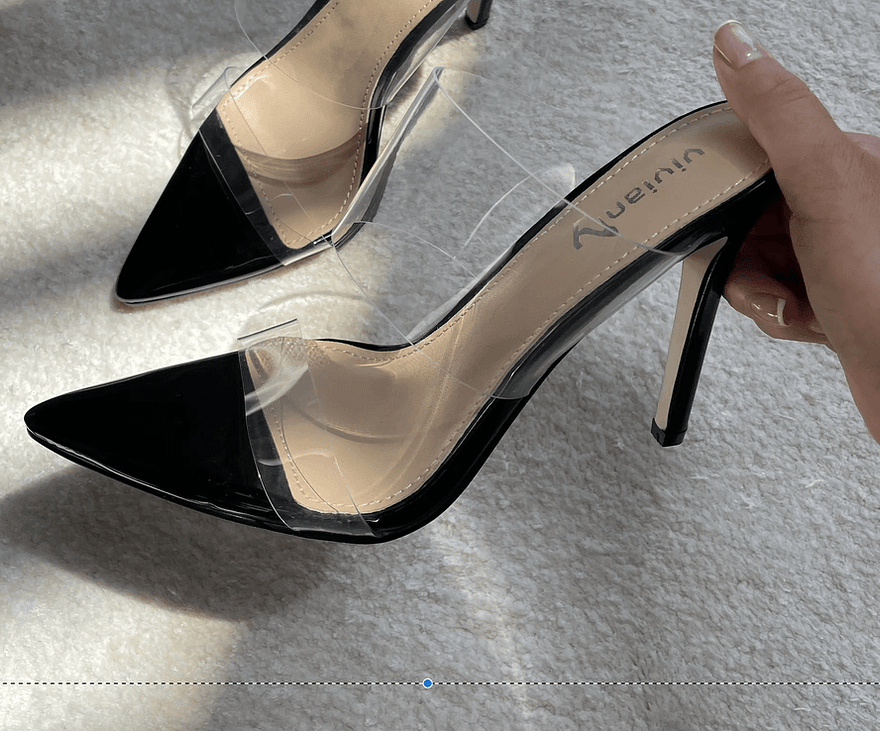LIGHT
Reaction to Changing Light Levels
In addition to interviewing parents about their child’s reaction to changing light levels, it is also important to observe the child’s behavior when encountering these changing light levels. For example, does the child stop on the threshold at the door when coming back in from recess? Do they pull back or hesitate when following the class into a dark auditorium? Do they resist going outdoors or cringe when crossing from a dimly lit area to a bright one (Mazel, 2021)? These are all behavioral indicators that a child is suffering from photophobia or light sensitivity. These children might benefit from tinted lenses, photochromic lenses (which grow darker in bright light), or polarized lenses (which reduce glare) to help them adjust to and more comfortably bare various light levels. When outside, eye shields with full wrap-around coverage are important to prevent harmful light from entering the eye, especially for those prone to light-gazing.
Assess Advantages to Backlighting
Backlighting can be used to aid a child in performing a variety of visual tasks. When employed appropriately, it can improve visual attention, recognition, and visual guidance of upper limbs. It can lengthen ability to maintain sustained gaze and reduce the response interval when something to look at is presented. Observe the child performing visual tasks with and without backlighting and watch for differences. Ask yourself if the child is performing at a higher level with the backlighting than without it. For example, are they able to reach more accurately towards something using their vision? Does the child recognize an object faster when it is backlit than when it is not? When it comes to reading, is the child able to visually track the text more smoothly and maintain focus more comfortably resulting in improved reading comprehension and reading rate.


COLOR
Color-based Visual Search
Have the child engage in a visual search for a specific type of item, using items that are all the same color. This will cue you as to whether the student is using color alone to find the given item or if they are also looking at other factors like shape. For instance, if you ask them to find the apple among a selection of play food items, will they pick up several other red foods before finding the one that’s an apple? Observe the student hunting for the apple and notice at what point they realize the red object is not in fact an apple but another type of food that is also red. How close to it do they have to get? Do they pick it up and examine it by touch before they realize it is something else?

Discover Color Preferences
Once a child’s color preferences are identified, that color can be strategically utilized to maximize visual attention and recognition in certain situations. Color preferences should be used purposefully, rather than randomly and without overwhelming the child with too much of the color in the environment. Here is a way to discover if a child has a strong color preference: line a tray or surface with a variety of toys or other items of differing colors. Then observe which items the child chooses to pick up and examine, or in which order they do so. Also watch to see if there is a color the child can find faster or give longer visual attention to than other colors. This type of color preference is not the same as the child simply liking that color best, it is more in the sense of their requiring that color as a tool to help them locate, focus on, or recognize a presented object. Additionally, pay attention to what objects draw a child’s visual attention in their classroom environment and what similarities these objects have such as a particular color or a kind of color such as bright versus pastel. This indicates color is an important factor in visual attention and recognition for that individual.
VISUAL FIELDS
Reduce Visual Clutter to Increase Assessment Validity of Functional Field Usage
Even children who have been clinically measured to possess full visual fields may have strong field preferences that result in their functionally only having the use of a portion of these fields. When assessing a child’s functional visual field usage, to ensure test validity, it is crucial to ensure the item to be found is on a single-color surface and that any visual clutter is removed. High contrast between the color of the item and its background are also recommended. If the item in question will have an element of motion, it should move neither too fast nor too slow. These measures will increase the likelihood that the child’s functional visual fields are what is being observed in their behavior.
Amassing Observation is Key
Take time to observe the child in multiple environments, multiple times to get a feel for their visual behaviors. Watch for head tilts as this is a strong indicator of a visual field preference. In what situations do they tilt their head and in what direction. When they don’t know what something is or if they’re trying to see something at distance, they often tilt further as a sign of their struggle to recognize. Body positioning is another important indicator of a strong field preference. Frequently, children with uneven visual fields will seat themselves at an angle to the table, rather than straight on. Teachers or caregivers often make the mistake of telling the child to correct their position by turning into the table like normal. This is counterproductive and shows a lack of understanding on the adult’s part. The child is turning their body and/or chair sideways, not to be obstinate, but as a compensatory behavior to allow them to see what’s on the table’s surface with their strongest visual field. Do not hinder them from making this adjustment to accommodate for their visual field needs.
References
Mazel, E. C. (2021, July 10). Assessing needs around light. cvi teacher. Retrieved February 21, 2022, from https://cviteacher.wordpress.com/2021/07/10/assessing-needs-around-light/
Mazel, E. C. (2022, February). Color, Light and Visual Fields. Lecture.
Peroosh Ltd. (2021, July 13). Visual fields – what are they? Visual Fields – What Are They? Retrieved February 21, 2022, from https://cviscotland.org/documents.php?did=3&sid=102
Tips for coping with light sensitivity. RNIB. (2021, October 14). Retrieved February 21, 2022, from https://www.rnib.org.uk/tips-coping-light-sensitivity
